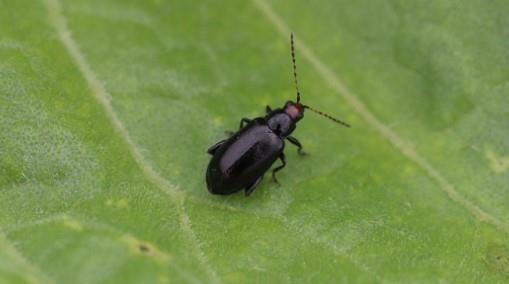Figure 1. Small holes from redheaded flea beetle feeding.
This week, redheaded flea beetles have been observed in corn. Although these defoliators are removing leaf tissue, it is not at levels that warrant treatment (Figure 1).
Redheaded flea beetles will often strip only a layer of the leaves off corn, which results in windowpane holes. The bigger issue with redheaded flea beetles is that they will also feed on corn silks.
Identification

Figure 2. Redheaded flea beetle adult.
Redheaded flea beetles get their name due to the distinct red-brown colored head, which stands out on their otherwise shiny, black bodies (Figure 2).
Flea beetles have specialized hind legs that enable them to jump long distances, similar to fleas. The redheaded flea beetle is one of the larger flea beetles that may be observed in South Dakota crops.
Scouting

Figure 3. Redheaded flea beetle feeding on silks.
In corn, redheaded flea beetles will feed on the silks (Figure 3). This can lead to reduced pollination and ears that are not filled out. If you are observing defoliation and redheaded flea beetle populations, examine the silks. Treatment may be necessary if there are more than five beetles on a single ear, the silks are clipped within ½ inch of the tip of the husk, or pollination is less than 50% complete. To determine if the thresholds have been reached, examine 10 plants from 10 areas within the field (100 plants total). If corn rootworm beetles are also observed on the ears, they will cause additional silk clipping.
Source : sdstate.edu